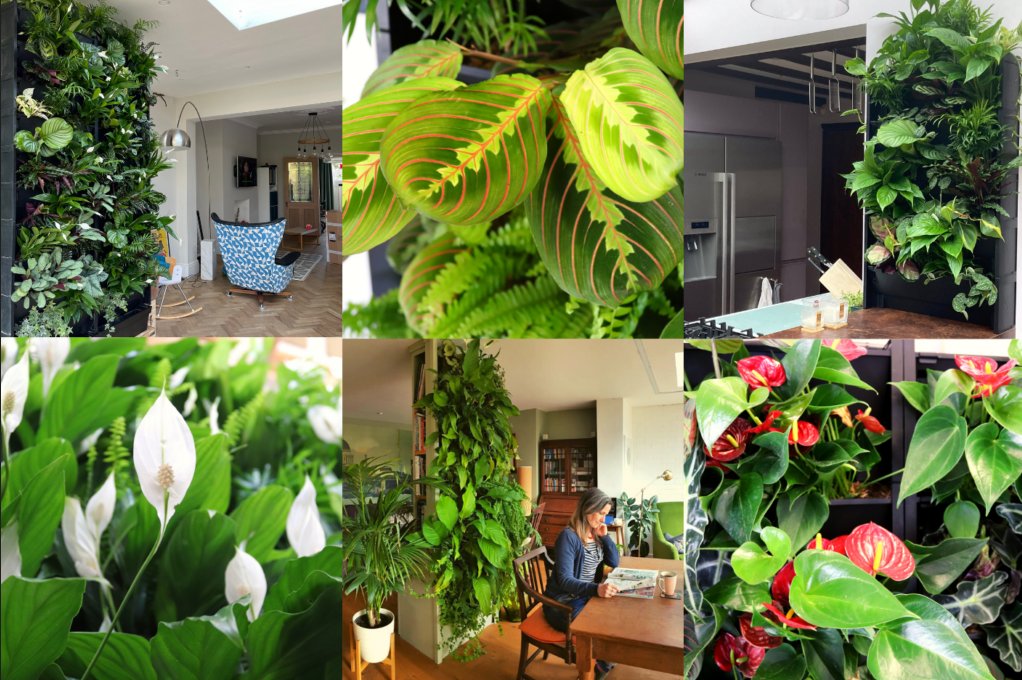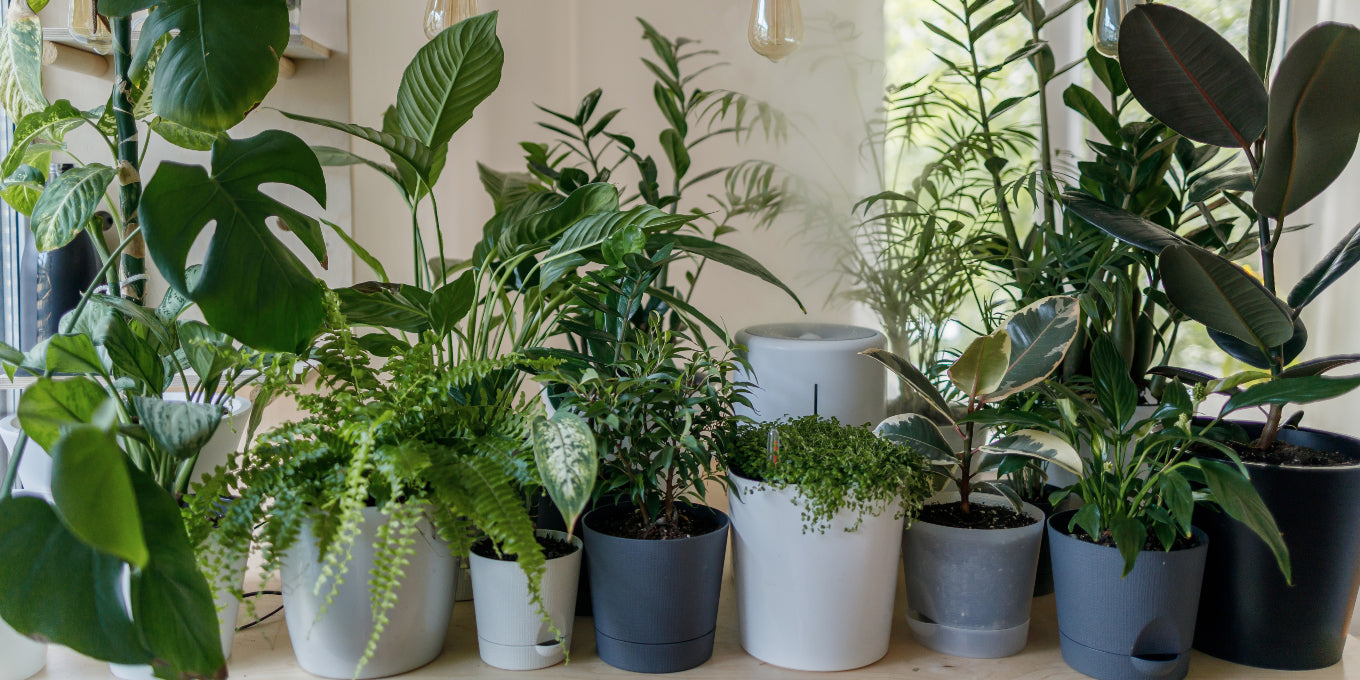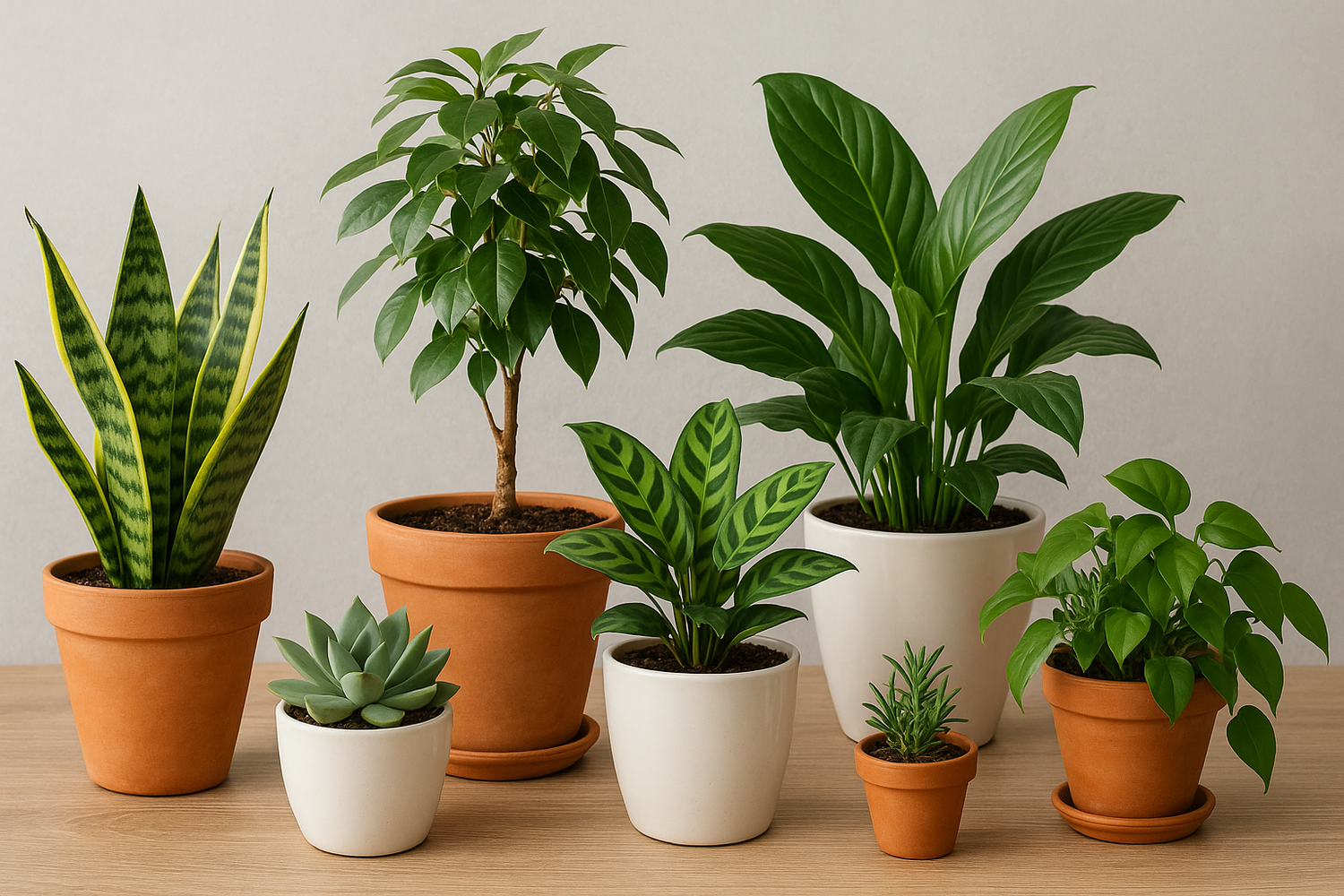Green walls, also known as living walls, are vertical gardens that are becoming a prominent feature in urban spaces. By integrating nature into built environments, green walls provide a range of benefits, especially in improving air quality and enhancing aesthetics. These walls, made up of plants that grow on a vertical structure, offer a sustainable solution to many environmental and design challenges faced by cities today.
Enhancing Air Quality with Green Walls
The most significant benefit of green walls is their positive impact on air quality. Urban areas are often plagued by poor air quality due to pollution from vehicles, industrial activities, and limited green spaces. Green walls act as natural air filters, improving the overall air quality of their surroundings.
Plants absorb carbon dioxide and release oxygen, and this process helps in reducing the amount of harmful gases like carbon monoxide and nitrogen dioxide in the air. Green walls can also trap airborne particulate matter, such as dust and pollen, helping to reduce the concentration of pollutants in the air. This leads to cleaner, healthier air for the people living and working in urban areas.
In addition, green walls help reduce the heat island effect in cities. Urban heat islands are created when buildings and pavements absorb and retain heat, causing surrounding temperatures to rise. Green walls, with their ability to cool the air through evapotranspiration, play a key role in mitigating this effect, leading to a more comfortable microclimate.
Furthermore, the plants on green walls naturally regulate moisture levels in the air, preventing dryness and creating a more balanced atmosphere. This can be particularly beneficial for improving respiratory health, reducing allergens, and making indoor and outdoor environments more pleasant.
Boosting Aesthetics with Green Walls
While green walls offer substantial environmental benefits, they are also a powerful tool for enhancing the aesthetic appeal of buildings and spaces. Green walls bring nature into urban areas where space is often limited, making them an ideal solution for adding greenery to both commercial and residential buildings. The rich textures and vibrant colors of plants create a refreshing contrast to the often grey and monotonous urban landscapes.
Beyond visual appeal, green walls can be designed to reflect the character of a particular space. For example, a living wall in a modern office building can be made up of sleek, low-maintenance plants, while a green wall in a restaurant or cafe could feature lush, flowering plants to create a warm and inviting atmosphere. This flexibility makes green walls a versatile design element, able to suit various tastes and purposes.
The addition of greenery on walls also fosters a connection to nature, which can improve the well-being of people who interact with these spaces. Studies have shown that exposure to nature has a calming effect, reducing stress and increasing productivity. Whether in office spaces, hotels, or residential buildings, green walls create a sense of tranquility that enhances the overall experience of the space.
Economic Benefits of Green Walls
In addition to environmental and aesthetic improvements, green walls can also have economic advantages. Businesses in green buildings often report increased employee satisfaction and productivity due to the improved work environment. Furthermore, the cooling effect of green walls can help reduce energy costs, particularly in buildings with large glass facades that tend to heat up quickly under the sun.
Green walls also increase the value of properties. Buildings with green features, such as living walls, are often viewed as more sustainable and attractive to potential buyers or tenants. As demand for eco-friendly buildings rises, having a green wall can set a property apart in a competitive real estate market.
Maintenance and Sustainability
One concern people may have about green walls is maintenance. While it’s true that living walls require care, advances in irrigation systems and plant selection have made it easier to maintain green walls with minimal effort. Many green walls use automated irrigation systems that water the plants efficiently, reducing the need for manual intervention.
Furthermore, green walls contribute to sustainability by using renewable resources. The plants used in green walls are typically selected for their ability to thrive in local climates, reducing the need for excessive watering and fertilizers. Many living walls are also designed to be modular, meaning they can be easily adapted or replaced, ensuring they remain relevant as the building or space evolves.
Conclusion
Green walls are an innovative and effective way to improve urban environments, offering substantial benefits for both air quality and aesthetics. By acting as natural air purifiers, they help create healthier, more comfortable spaces, while also bringing a touch of nature to urban areas. Additionally, their ability to enhance the visual appeal of buildings and contribute to sustainability makes green walls a valuable investment for the future. Whether in commercial or residential spaces, green walls offer a sustainable solution that benefits both people and the planet.





